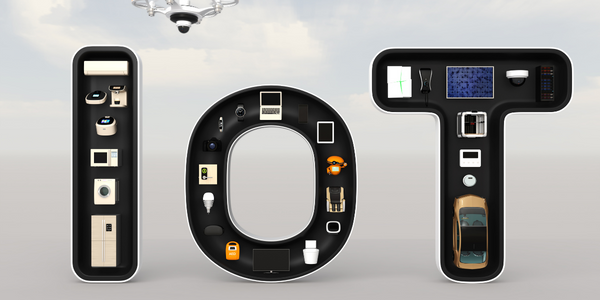Technology Category
- Application Infrastructure & Middleware - Data Exchange & Integration
- Application Infrastructure & Middleware - Middleware, SDKs & Libraries
Applicable Industries
- Equipment & Machinery
- Finance & Insurance
Applicable Functions
- Product Research & Development
Use Cases
- Inventory Management
- Time Sensitive Networking
Services
- System Integration
About The Customer
SeaLink is a travel industry company with a size of 5,001-10,000 employees. The company has 24 brands in its portfolio and relies heavily on accurate analysis and reporting to set prices for its various products. The company was previously using a legacy BI system that was nearing its end of life and was showing signs of failure. The company was exposed to significant risk due to the lack of support for the system. The users found the tool difficult to use, making them dependent on IT for tasks. The analysts also lacked control over its configuration, making it even more challenging to implement logic.
The Challenge
SeaLink, a company with 24 brands in its portfolio, was struggling with slow and inefficient data analysis and reporting due to outdated tools and a lack of support. The company relied heavily on accurate analysis and reporting to set prices for its various products. However, with numerous products and data sources, the process was slow, with one monthly report taking over 100 hours to compile. The company was using a legacy Business Intelligence (BI) system that was nearing its end of life and showing signs of failure. With no support available, the company was exposed to significant risk. Users found the tool difficult to use, making them dependent on IT for tasks. Analysts also lacked control over its configuration, making it even more challenging to implement logic.
The Solution
SeaLink partnered with software design and development specialists Kanerika for its Incorta implementation. The new solution provided 100 business users with access to on-demand data, with sub-second drill-down across billions of records. Incorta’s built-in logic made enriched data sets available through the SQL interface to analytical engines, reducing development time. The output was displayed in a user-friendly and intuitive manner. SeaLink used this data to develop a dynamic pricing model that adapted fares according to key factors, including time of day/week/month and competitor activity. The ability to rapidly develop logic made reports meaningful and accessible, enabling senior decision-makers to view overall performance trends and make strategic decisions quickly and easily. The speed and efficiency of integration saved the company significant time and money. Kanerika worked with real-time streams of internal SeaLink data, as well as third-party data to enable a holistic view of the business that supports daily functional management and executive decision-making.
Operational Impact
Quantitative Benefit

Case Study missing?
Start adding your own!
Register with your work email and create a new case study profile for your business.
Related Case Studies.

Case Study
Smart Water Filtration Systems
Before working with Ayla Networks, Ozner was already using cloud connectivity to identify and solve water-filtration system malfunctions as well as to monitor filter cartridges for replacements.But, in June 2015, Ozner executives talked with Ayla about how the company might further improve its water systems with IoT technology. They liked what they heard from Ayla, but the executives needed to be sure that Ayla’s Agile IoT Platform provided the security and reliability Ozner required.

Case Study
IoT enabled Fleet Management with MindSphere
In view of growing competition, Gämmerler had a strong need to remain competitive via process optimization, reliability and gentle handling of printed products, even at highest press speeds. In addition, a digitalization initiative also included developing a key differentiation via data-driven services offers.

Case Study
Predictive Maintenance for Industrial Chillers
For global leaders in the industrial chiller manufacturing, reliability of the entire production process is of the utmost importance. Chillers are refrigeration systems that produce ice water to provide cooling for a process or industrial application. One of those leaders sought a way to respond to asset performance issues, even before they occur. The intelligence to guarantee maximum reliability of cooling devices is embedded (pre-alarming). A pre-alarming phase means that the cooling device still works, but symptoms may appear, telling manufacturers that a failure is likely to occur in the near future. Chillers who are not internet connected at that moment, provide little insight in this pre-alarming phase.

Case Study
Premium Appliance Producer Innovates with Internet of Everything
Sub-Zero faced the largest product launch in the company’s history:It wanted to launch 60 new products as scheduled while simultaneously opening a new “greenfield” production facility, yet still adhering to stringent quality requirements and manage issues from new supply-chain partners. A the same time, it wanted to increase staff productivity time and collaboration while reducing travel and costs.

Case Study
Integration of PLC with IoT for Bosch Rexroth
The application arises from the need to monitor and anticipate the problems of one or more machines managed by a PLC. These problems, often resulting from the accumulation over time of small discrepancies, require, when they occur, ex post technical operations maintenance.

Case Study
Data Gathering Solution for Joy Global
Joy Global's existing business processes required customers to work through an unstable legacy system to collect mass volumes of data. With inadequate processes and tools, field level analytics were not sufficient to properly inform business decisions.







